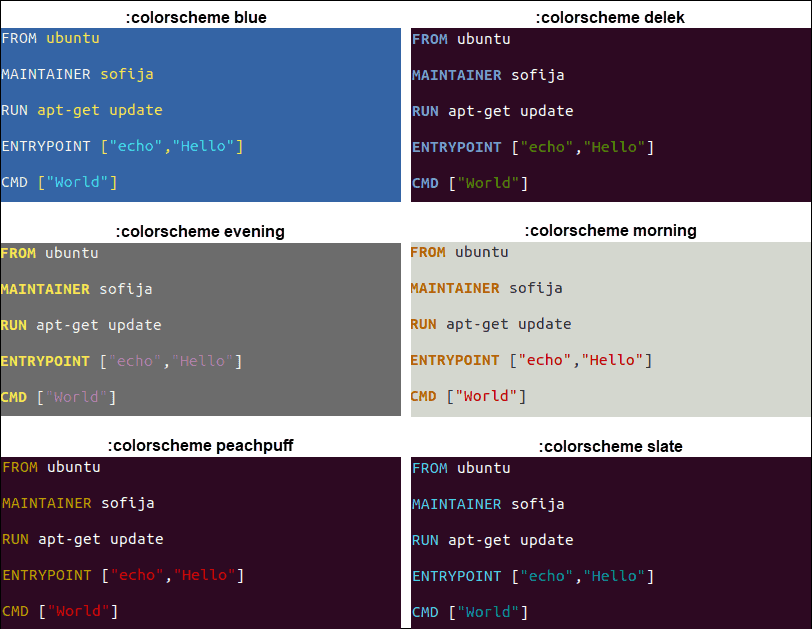

- HOW TO CHANGE COLOR OF DIRECTORY BASH ON MAC HOW TO
- HOW TO CHANGE COLOR OF DIRECTORY BASH ON MAC MAC OS X
In the next displayed window, go to Colors tab. To change the background color of your Ubuntu terminal, open it and click Edit > Profile. Or, if you’d like to tweak a few colors manually, take a look at my vim editor color settings tutorial.Īs a final note, if you’re new to the concept of syntax highlighting, here’s a link to my vim syntax highlighting tutorial. Both background color and text color can be changed. If you don’t like any of these default color schemes you can find others on the internet, or even create your own, using one of these files as an example.
HOW TO CHANGE COLOR OF DIRECTORY BASH ON MAC MAC OS X
As an example, I just found all these files in the /usr/share/vim/vim72/colors directory on my Mac OS X system: vim, and begin with the name of the colorscheme. All the files end with the file extension. You can find your installed vim colorscheme files in the colors subdirectory of your vim installation directory. (For more information on vimrc configuration files, see my vim vimrc configuration file example.) What vim color schemes are installed?Ī common question at this point is “What color schemes are available on my system?” To use the desert colorscheme just add these lines to your vimrc file:

I haven’t used Windows in a long time, but I think the filename is just vimrc on Windows’ systems.

The vimrc file is located in your home directory, so on Mac, Unix, and Linux systems the vimrc file actually begins with a decimal (it’s a “hidden” file), so you can edit it like this: Once you’ve settled on a vim colorscheme that you like, you’ll want to configure that as the default colorscheme in your vim configuration file, vimrc. Specifying a colorscheme in your vimrc file Note: If those color schemes don’t seem to make any change to your vim session, try some of the other color schemes listed below, such as darkblue, evening, shine, etc. If you want to use the desert color scheme instead, just specify it instead of delek, like this: Or, if you prefer less typing, just use the colo command, like this:Įither of these commands tell vim that you want to use the delek colorscheme. If you’re in a vim editor session, just issue the vim colorscheme command from last line mode, like this: Using a vim color scheme is actually pretty simple. Note: In a previous version of this document I referred to both vim and the vi editor, and someone correctly pointed out that the two are not the same, especially in this case. In this article I’ll take an easier route, and show how you can use existing color schemes in your vim editor sessions.
HOW TO CHANGE COLOR OF DIRECTORY BASH ON MAC HOW TO
In an earlier vim color configuration tutorial I described how to have fine-grained control of your vim color settings. You can now hire Alvin Alexander for Scala or Flutter side projects!Ĭontact me at (al) at valleyprogramming (dot) com for details.


 0 kommentar(er)
0 kommentar(er)
